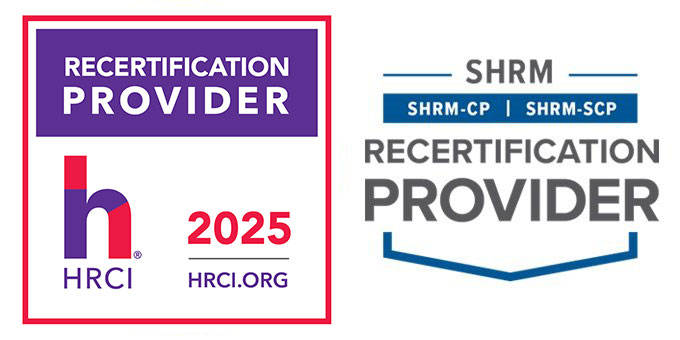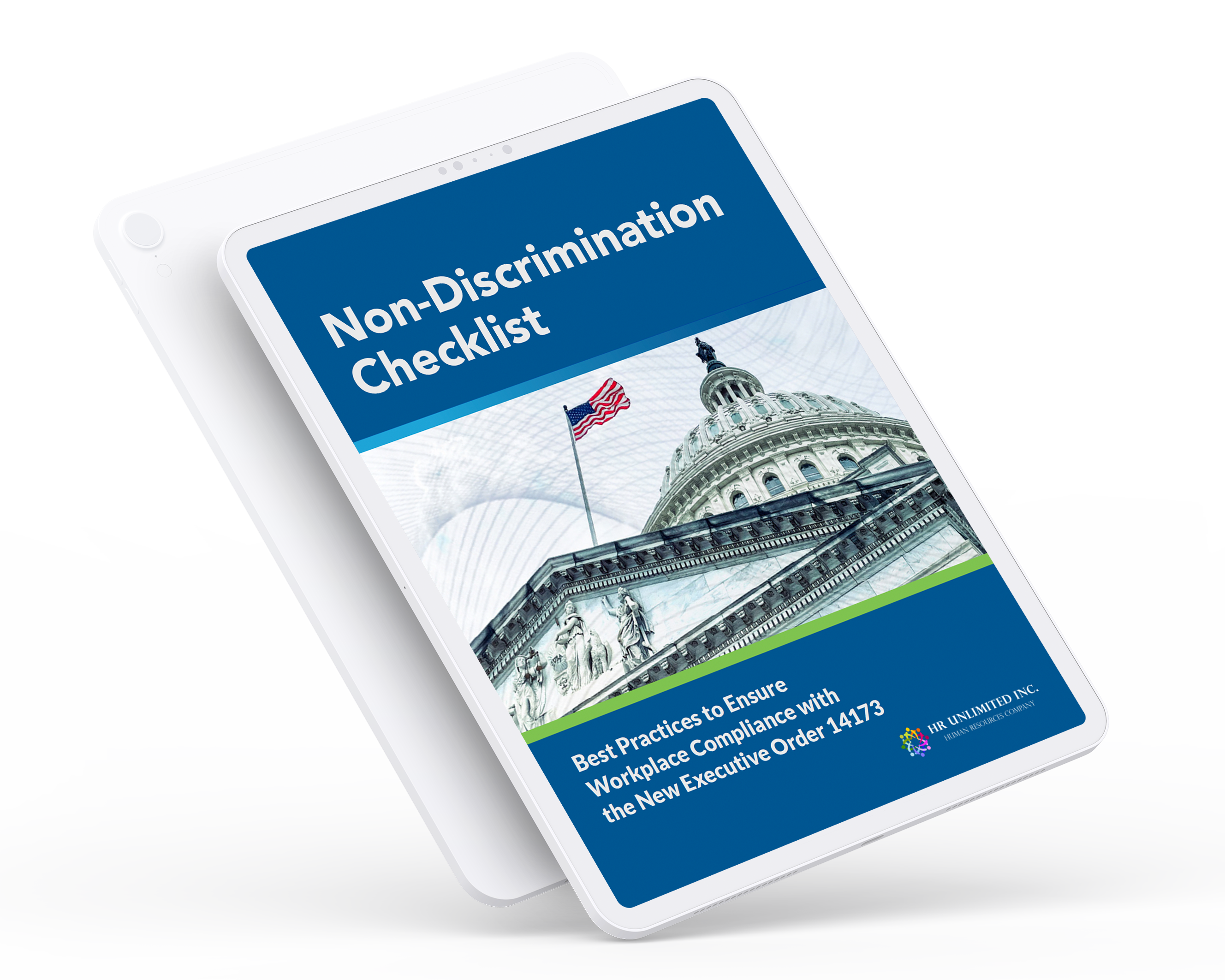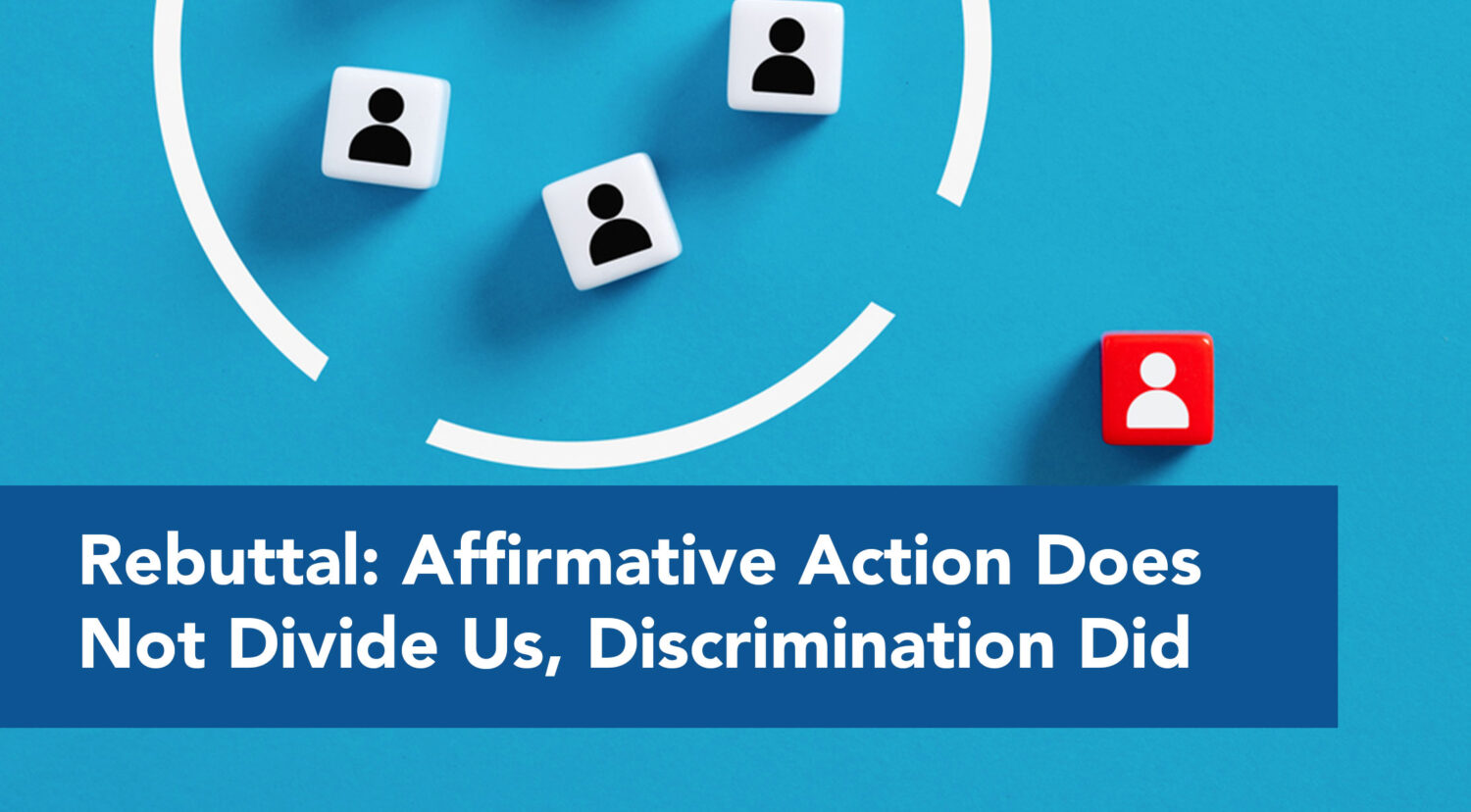Fifty years ago – give or take—the United States set out to eradicate discrimination. As a nation, we’ve made great strides in ensuring equal opportunity for all, without regard to race, religion, national origin, sex, disability, as well as sexual orientation and gender identity. We now see greater workplace diversity, and equal employment opportunity, which seemed all but nonexistent 50 years ago. That is not to say, however that we do not still have a long way to go. In particular, our President, and by extension, the EEOC and OFCCP have targeted pay equity as one area in need of improvement. “More than 50 years after it became illegal, it [pay discrimination] remains a persistent problem for many Americans”, says EEOC Chair Jenny R. Yang. While it’s all well and good to identify a problem, what, if anything do the EEOC and OFCCP propose to do about it? The short answer: a joint effort to collect pay data. The reason, according to Ms. Yang: “This information will assist employers in evaluating their pay practices to prevent pay discrimination and strengthen enforcement of our federal anti-discrimination laws.”
How will the two agencies go about collecting the data—and from where exactly will they get it? Recently they announced their not-so-secret weapon: the EEO-1. For those of you who already file EEO-1’s, you may be wondering, “How will the EEO-1 help, when there is nowhere on the form to report such information?” You need not fear! Forms were made to be updated and this one is no exception. The EEO-1 will be updated to include fields or sections for providing this information. If you are required to file these forms you can see this as a good-news/bad news scenario. The “bad” news is that you may now have to report even more information to the EEOC/OFCCP, which in turn usually means more record keeping. The “good” news is that: a) the additional information simply gets added to an additional form with which you are already familiar, i.e. you don’t have to fill out and learn a separate form; and b) if you aren’t required now to file an EEO-1 you won’t be by reason of this new requirement; and c) not everyone who must file an EEO-1 will have to provide pay data, and you may be one of those who does not have to do so.
In and of itself, the pay reporting requirements are nothing new. The EEOC had already advanced this proposal, with an initial public comment period of February 1 through April 1, 2016. The EEOC received over 300 public comments in response, held a public meeting at EEOC headquarters on March 16, 2016 and listened to testimony and collected information from studies and academic literature on compensation, discrimination and collecting pay data. In response, the EEOC adopted certain suggestions, made some revisions and has published its revised proposal to change the EEO-1 and pay reporting requirements, and has provided a thirty-day public comment period. Interested parties have until August 15 to comment. Let’s take a look at the key changes, whether you are impacted by them, and if so, what they mean for you.
First, who will now have to report pay data? Bottom line: only federal contractors with 100 or more employees have to file the EEO-1 and provide the pay information. As you can see, while this new requirement only applies to federal contractors, it does not apply to all contractors. Therefore: private employers with fewer than 100 employees do and will not to file an EEO-1 or report pay data. Federal contractors with 50-99 employees will still have to file the EEO-1, but will not have to report pay data. Federal contractors with 1-49 employees do not file the EEO-1 or report pay data.
Next, assuming you are required to file the “new and improved” EEO-1, what information must you provide? In a nutshell, you must provide W-2 income data and hours worked data. You will report the number of employees within certain “pay bands” (more on that in just a moment) using W-2 Box 1 income data. In addition to wages and salary, this information will include commissions, tips, bonuses, overtime and other supplemental pay. How will you report “hours worked”? For non-exempt employees you will report their hours worked as you would under the FLSA. What about those of your employees exempt from the FLSA’s minimum wage and overtime requirements? You have two choices. You may either:
- Report 40 hours a week for full-time exempt employees, and 20 hours a week for exempt part-time employees, multiplied by the number of weeks they were employed during the EEO-1 reporting year; or
- Provide actual hours worked by the exempt employees during the EEO-1 reporting year, if you already maintain accurate hours of those records.
What about the pay bands? Pay bands are essentially pay ranges. You use the following 12 (used by the Bureau of Labor Statistics) for each category:
- Up to $19,239;
- $19,240-$24,439;
- $24,440-$30,679;
- $30,680-$38,999;
- $39,000-$49,919;
- $49,920-$62,919;
- $62,920-$80,079;
- $80,080-$101,919;
- $101,920-$128,959;
- $128,960-$163,799;
- $163,800-$207,999;
- $208,000 and over.
You then tally the number of employees in the above pay bands for each EEO-1 job category, For each pay band, you enter the number of employees whose W-2 pay for the calendar year falls in that band. As you can see, you are reporting summary data, not individual pay or salaries.
So, when must you report pay data? The good news: EEO-1 reporting remains the same for 2016. In other words, no changes for this year. The changes begin in 2017. Your filing deadline moves from September 30 to March 31. Your first filing deadline is March 31, 2017. In other words, you do your usual 2016 filing on September 30, 2016 – and then you have a year and a half to gear up for the new requirements. From 2017 forward the filing date is March 31.
Finally, what, if anything, do these changes mean for federal contractors? In some respects, the answer may be, “Not much at all”. You may be required to have an AAP, because you have over 50 employers and your contracts with federal agencies may be valued at over $50,000 a year, but you may still be too small to be subject to the anticipated new requirements. Alternatively, you may be subject to the new requirements, which, for reporting purposes, simply means you have to include more information on your EEO-1’s. If you take affirmative action compliance seriously, this is information you should already have readily accessible, and that you should be evaluating regularly to make sure that you do not have pay disparities. The new requirements are not a change in position on the part of the EEOC or the OFCCP. The main significance is that the EEOC and OFCCP are signaling that they are now focused specifically on compensation—which means you need to be, too. In other words, this is an excellent time to review your compensation practices, check for, correct and/or document valid reasons for any discrepancies. Does that sound overwhelming? It need not be. Contact your friendly affirmative action consultant for help!
For more information, contact Ahmed Younies, at (714) 426-2918, ext. 1, or [email protected].





